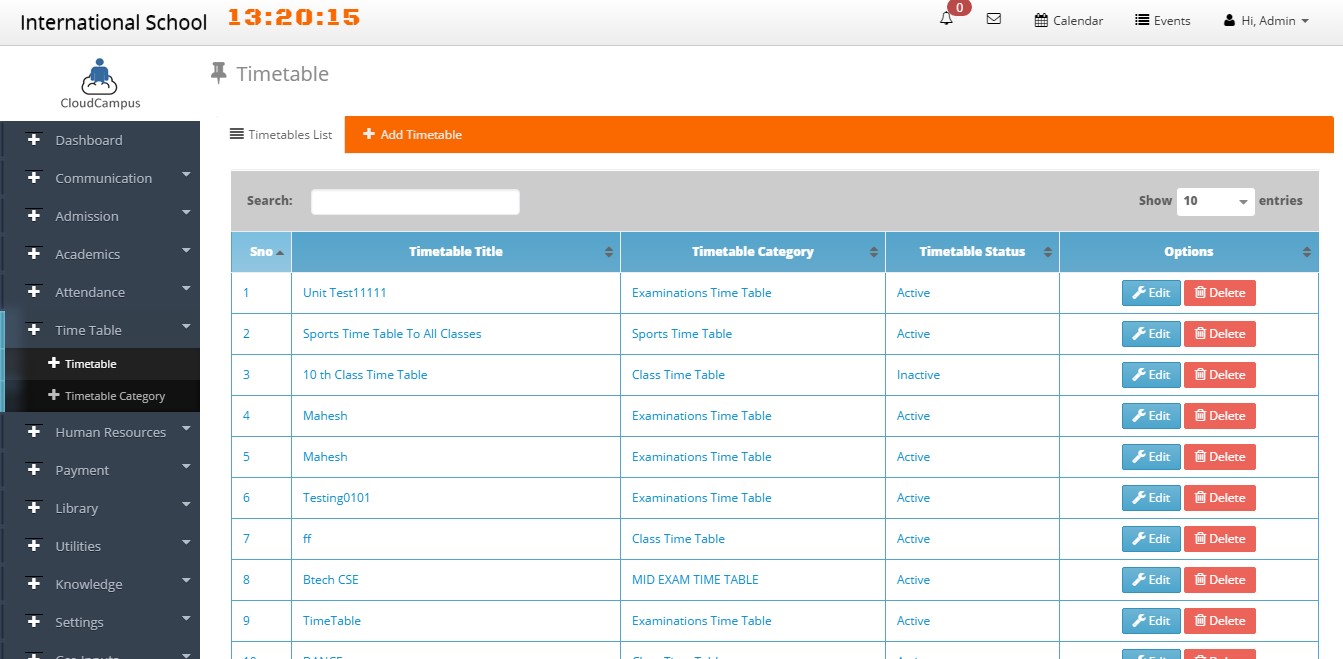

I wish I knew of a more elegant solution. When the user-facing app is launched, it checks if it's running as root or not, and launches the appropriate copy of the real app, which has the CFBundleName and file-name you want. Other interesting open source alternatives to Syncthing are rsync, SyncTrayzor, Rclone and OnionShare. If that doesn't suit you, our users have ranked more than 100 alternatives to Syncthing and loads of them is open source so hopefully you can find a suitable replacement. The value under the CFBundleName key in ist is what shows up in the menubar.Īs far as I know, changing either these at runtime isn't going to work… but what you can do is have two versions of your app, a root and non-root version, inside your user-facing. The best open source alternative to Syncthing is FreeFileSync.

Once upon a time that was a great thing but as software matures this it could become a liability in the case where the greatest contribution you could make is to leave well alone. The most popular Dock replacement is surely DragThing.
#Dragthing alternatives open source for mac os
Classilla is an updated open-source Mozilla-based web browser for Mac OS 9. However, you can certainly hide the Dock and use one of several popular Dock-like alternatives.
#Dragthing alternatives open source install
It makes a great alternative to the OS X Dock and offers a lot of options and customizability that. Something I do think is a concern with open source software is that decisions get made by those who contribute. then download and install DragThing 2.9 (an incredibly powerful. They aren’t always the same, especially in Microsoft and Adobe products.įrom what I can tell, the name in the dock is the name of the application bundle (sans ".app") on the filesystem. Open DragThing and select File New Dock Default. …there are at least five application names floating around, at least in concept: (1) the file name the Finder sees, which in the case of an application package is the package (bundle) name (2) the name of the executable inside the package, (3) the long name used in many places for display purposes only (4) the short name used as the application menu title and in a few other places where a long name won’t fit for display purposes and (5) the process name of a running application.


 0 kommentar(er)
0 kommentar(er)
